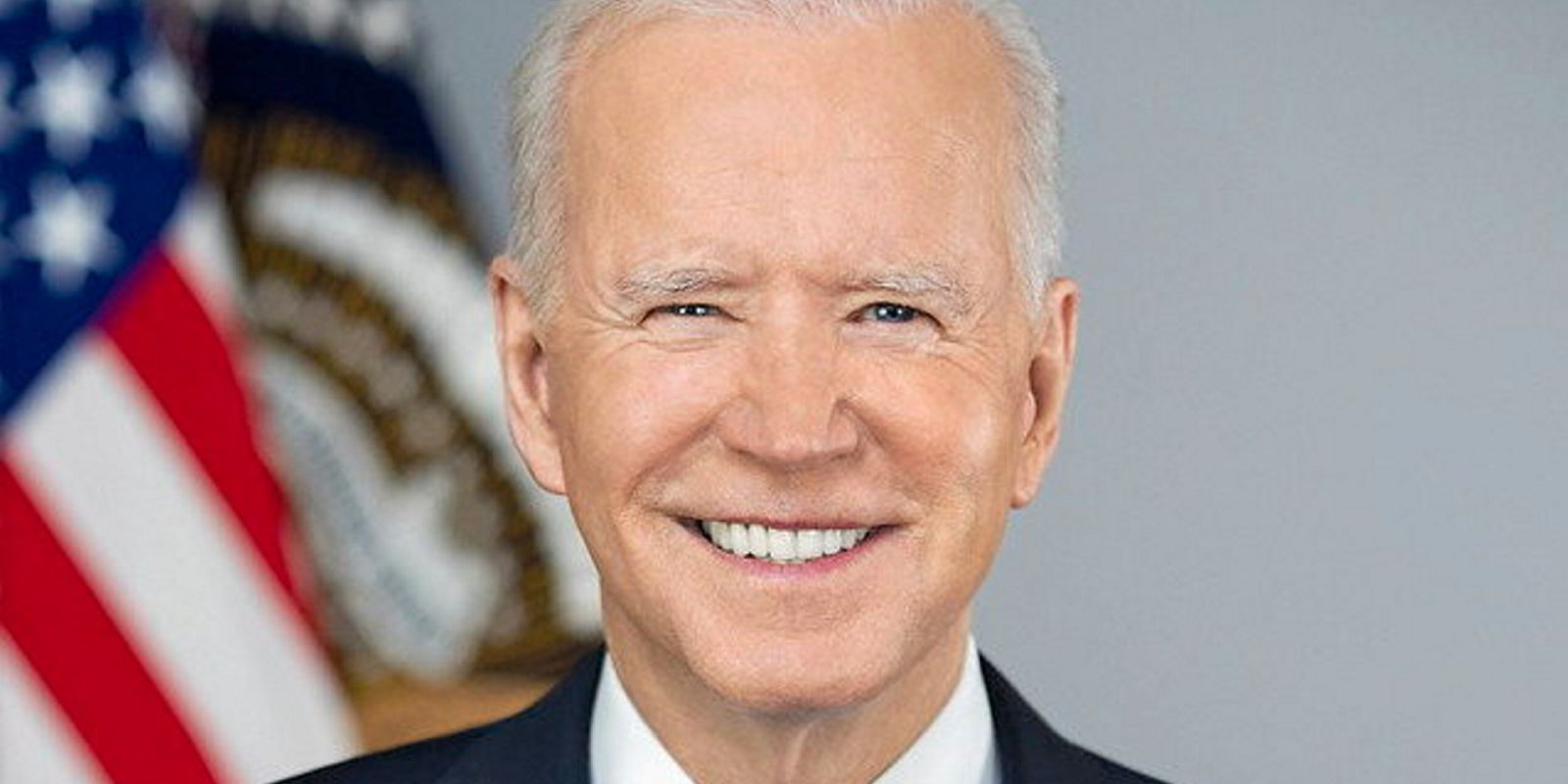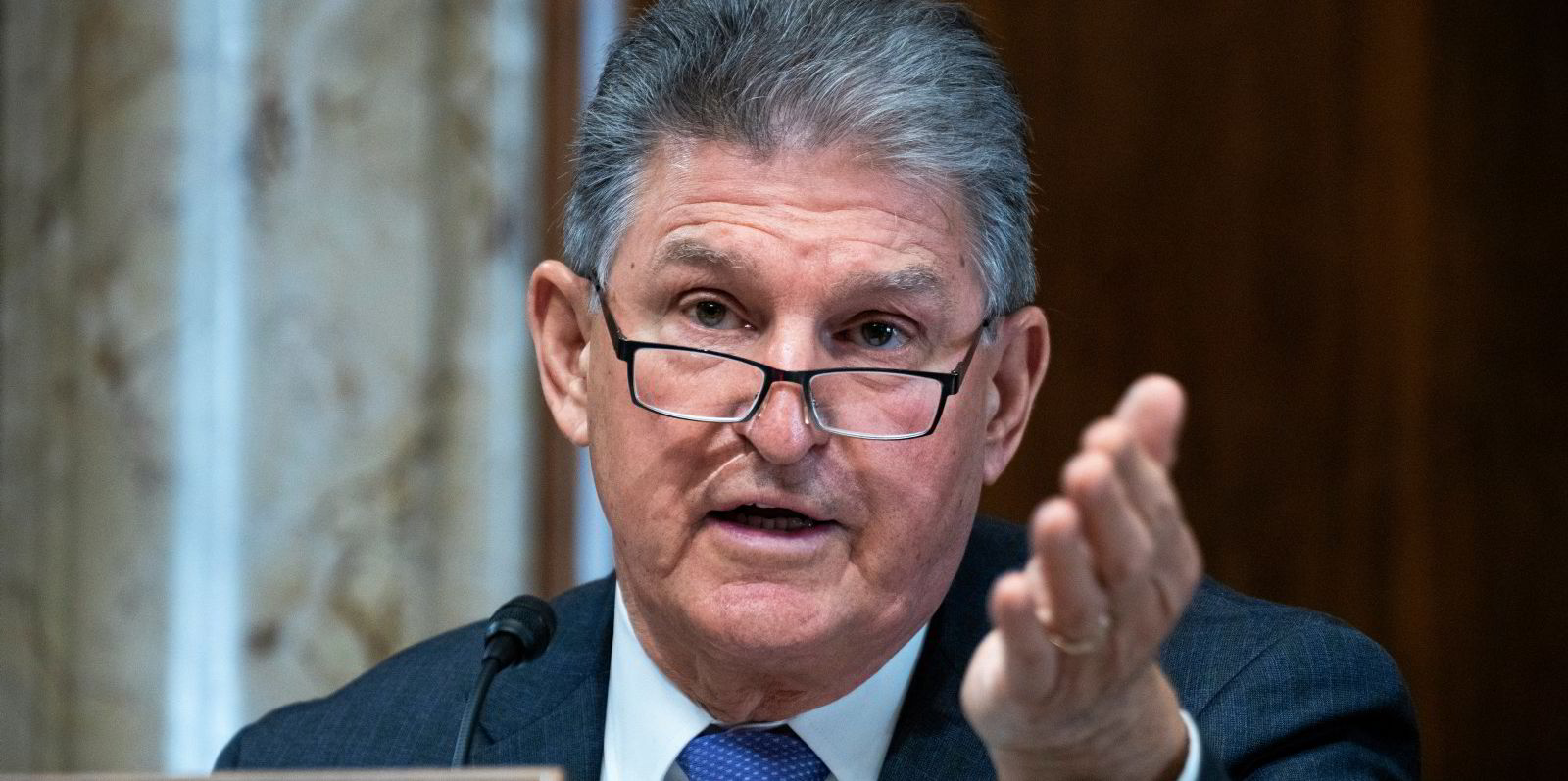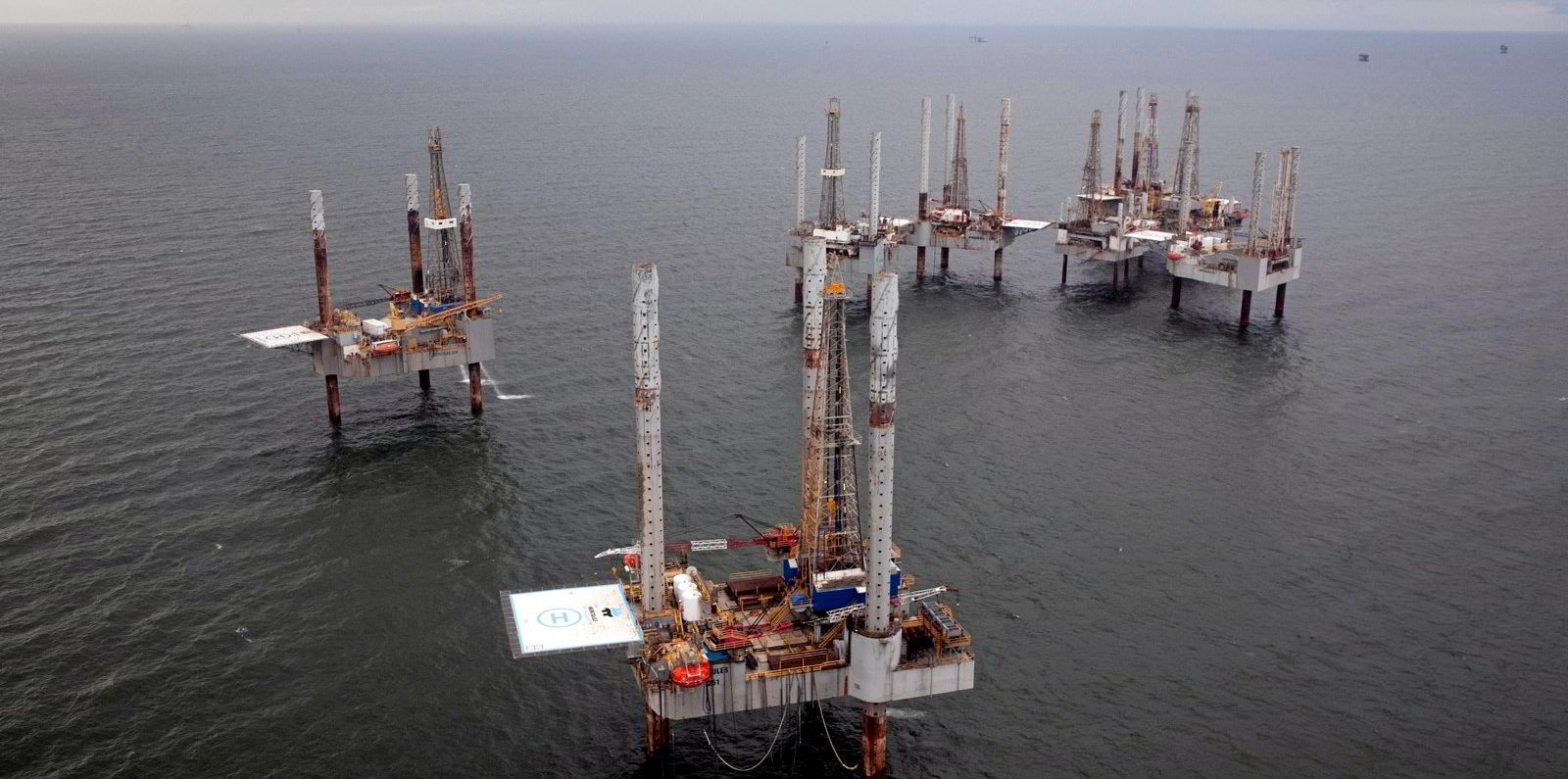The US states of Louisiana, Arkansas and Oklahoma have formed a partnership to set up a regional hub for development, production, and use of blue, green, and possibly pink hydrogen as both fuel and manufacturing feedstock.
“This is an extension of Louisiana’s ongoing efforts in diversifying the makeup of our energy sources and ensuring an economically and environmentally balanced approach to cleaner use of traditional fuels and transition to new potential energy sources,” said governor John Bel Edwards.
The three states intend to team and compete for $1bn or more federal funding of the $9.5bn available under the Infrastructure Investment and Jobs Act (IIJA) of 2021 for creation of four regional clean hydrogen hubs, and hydrogen-related demonstration and manufacturing activities.
Last month, Colorado, New Mexico, Utah, and Wyoming announced they will jointly seek an unspecified amount of federal funding for a proposed Western Inter-State Hydrogen Hub that would have facilities in all four states.
IIJA specifies that the Department of Energy (DoE) will select the hubs based on a mix of feedstock available to produce hydrogen, available end-users of hydrogen, geographic locations, and potential effects on employment, among other considerations.
DoE Secretary Jennifer Granholm will have to winnow-out at least one hub proposal from each of three clean-hydrogen production routes: carbon capture and storage (blue), renewables (green), and nuclear (pink). The deadline for solicitating proposals is 15 April.
“A hub can mean a lot of things. In this case, it represents a cluster of end-use demonstrations we could do to prove the commercial viability of hydrogen in certain types of applications,” Kenneth Wagner, Oklahoma secretary of energy and the environment, told The Oklahoman.
“No specifics have been nailed down yet, but by design, we could demonstrate its commercial value across the entire value chain within our three states," he added, noting: “We are not suggesting this is the magic molecule.”
Rather, they view hydrogen as another potentially cleaner, lower-cost alternative that could help create more stability in regional energy markets. At present, the great majority of hydrogen is made in a carbon-intensive manner for use in industrial processes.
The three states consider themselves as “perfectly situated” to demonstrate how the entire value chain of hydrogen can tackle hard-to-decarbonise sectors like industry, manufacturing, and transportation.
The partnership seeks to build upon existing advantages, such as an inland seaport system that runs from Oklahoma through Arkansas and down the Mississippi River to the Gulf of Mexico in Louisiana.
There are also existing intermodal rail, interstate highway, and pipeline infrastructure that run from Oklahoma through Arkansas to the Gulf of Mexico.
Private companies are already investing in hydrogen production in Louisiana, Oklahoma and elsewhere.
Air Products announced it will spend $4.5bn to construct a massive facility in eastern Louisiana that will produce a daily 750 million ft3 (21 million m3) of blue hydrogen and capture and store the carbon in underground salt caverns.
In Norman, south of Oklahoma City, Australian company Woodside in December announced a plan to build a facility able to produce up to 90 tons/d of liquid green hydrogen for the heavy transport sector starting in 2025 with the location capable of doubling output later this decade.
Among the biggest renewable hydrogen projects nationwide include start-up Green Hydrogen International's 60GW H2 facility in South Texas, to be powered by wind and solar. Southern California Gas Company's Angeles Link calls for employing 25-35GW of curtailed and new wind and solar power, plus 2GW of energy storage, to power 10-20GW of electrolysers to produce H2.




